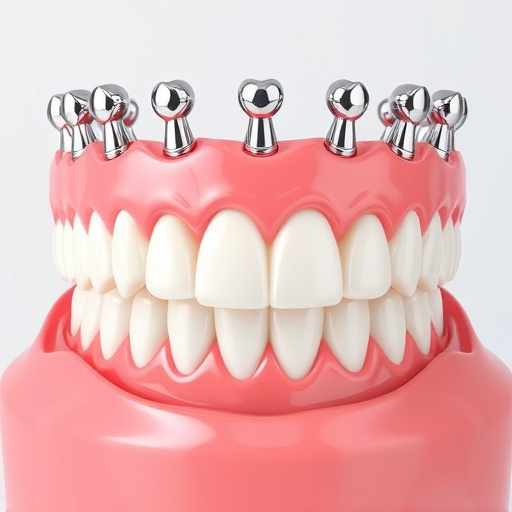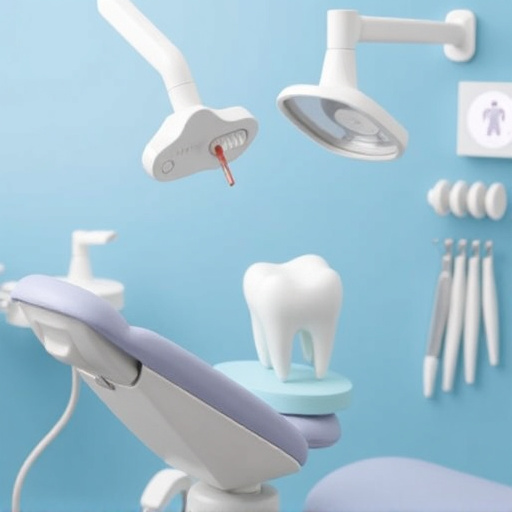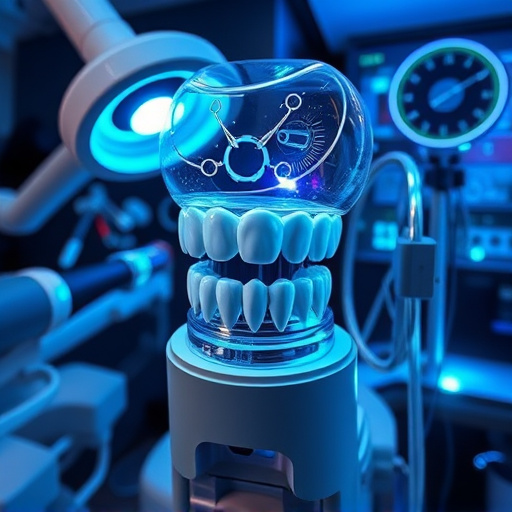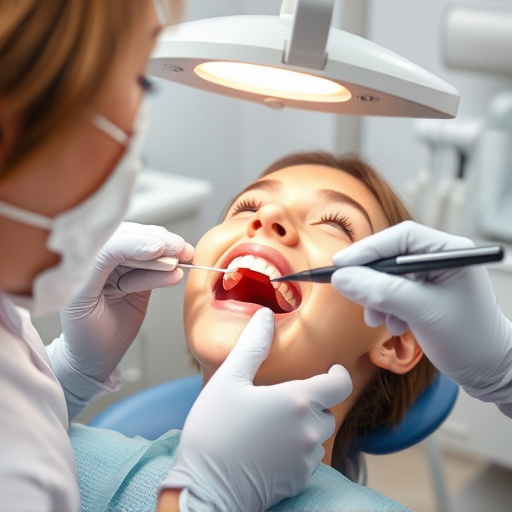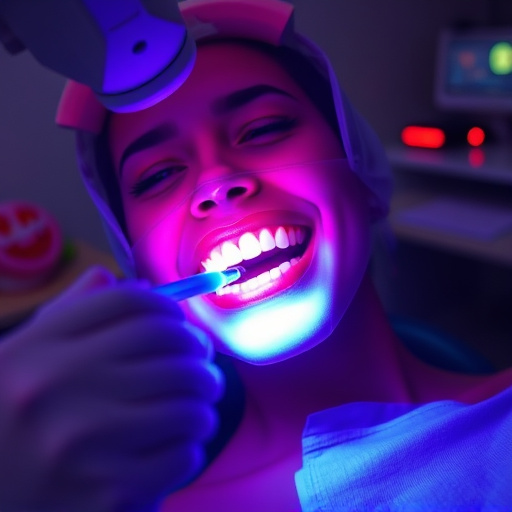Tooth extraction services address severe dental decay, impacted wisdom teeth, and orthodontic issues, crucial for oral health maintenance. Comprehensive exams, including X-rays, guide procedures ranging from simple to complex extractions. Post-extraction care involves antibiotics, pain management, and restorative dentistry techniques like fillings or implants. Proper aftercare, including soft diets and following dentist instructions, ensures successful recovery and minimizes future extraction needs.
“Maintaining a healthy smile involves sometimes making difficult decisions, like considering tooth extraction services. This guide navigates through crucial aspects of this process, ensuring your peace of mind. We explore when tooth extraction might be necessary, delving into the safe and effective procedures employed by professionals. Additionally, we provide comprehensive aftercare tips for a seamless recovery. By understanding these aspects, you can protect your smile and make informed choices regarding tooth extraction services.”
- Understanding When Tooth Extraction Is Necessary
- The Process of Safe and Effective Extraction
- Aftercare Tips for a Smooth Recovery
Understanding When Tooth Extraction Is Necessary

Tooth extraction services are often necessary for various reasons. One of the most common scenarios is severe dental decay that cannot be repaired with fillings or crowns. When a tooth is heavily damaged or infected, extraction is the best course of action to prevent further damage and maintain oral health. Similarly, impacted wisdom teeth can cause discomfort, infections, and even damage adjacent teeth if left untreated.
In some cases, tooth extraction services are also required for orthodontic treatments. Crowded or poorly aligned teeth may need to be extracted to create space for proper alignment. Additionally, dental bonding or family dentistry procedures might become necessary after an extraction to restore the appearance and function of the smile.
The Process of Safe and Effective Extraction

Tooth extraction services are designed to ensure a safe and effective procedure for protecting your smile. The process begins with a thorough examination, including X-rays, to accurately assess the tooth’s position and surrounding structures. This step is crucial in determining the best approach for extraction, whether it’s simple or complex. For simple extractions, the dentist will apply local anesthesia to numb the area, then gently remove the tooth with minimal discomfort. Complex cases may require a surgical procedure, where an oral surgeon makes a small incision in the gum tissue, carefully extracts the tooth, and stitches the area for healing.
Post-extraction care is just as important as the procedure itself. Patients are typically prescribed antibiotics to prevent infection and instructed on how to manage pain and swelling. Additionally, restorative dentistry techniques such as cosmetic fillings or implants can be used to restore the space left by the extracted tooth, promoting both functionality and aesthetics. Preventive dentistry practices, like regular check-ups and cleanings, help maintain optimal oral health, ensuring that future extraction needs are minimized.
Aftercare Tips for a Smooth Recovery

After a tooth extraction, proper aftercare is essential for a smooth recovery and to protect your smile. It’s crucial to follow the recommendations provided by your dental professional. This typically includes keeping the extraction site clean and dry, using ice packs to reduce swelling, and taking prescribed medications for pain relief and infection prevention. Avoid touching or disturbing the extraction site, and refrain from spitting or rinsing vigorously for 24 hours to minimize bleeding.
Additionally, it’s important to maintain a soft diet during the healing process. Stick to cool or warm foods like yogurt, soups, and mashed potatoes while avoiding crunchy, sticky, or hard items that could dislodge the extraction site. Remember to stay hydrated but use a straw sparingly to avoid reaching areas with the extracted tooth, as sucking can disrupt blood clots and lead to complications. In case of any persistent pain, swelling, or signs of infection, seek emergency dental care promptly.
Tooth extraction services are crucial for maintaining a healthy smile. By understanding when extraction is necessary, familiarizing yourself with the safe and effective process, and following proper aftercare tips, you can ensure a smooth recovery. Remember that expert care and diligent self-care are key to preserving your dental health and aesthetic well-being. Leverage these services to protect your smile for years to come.





